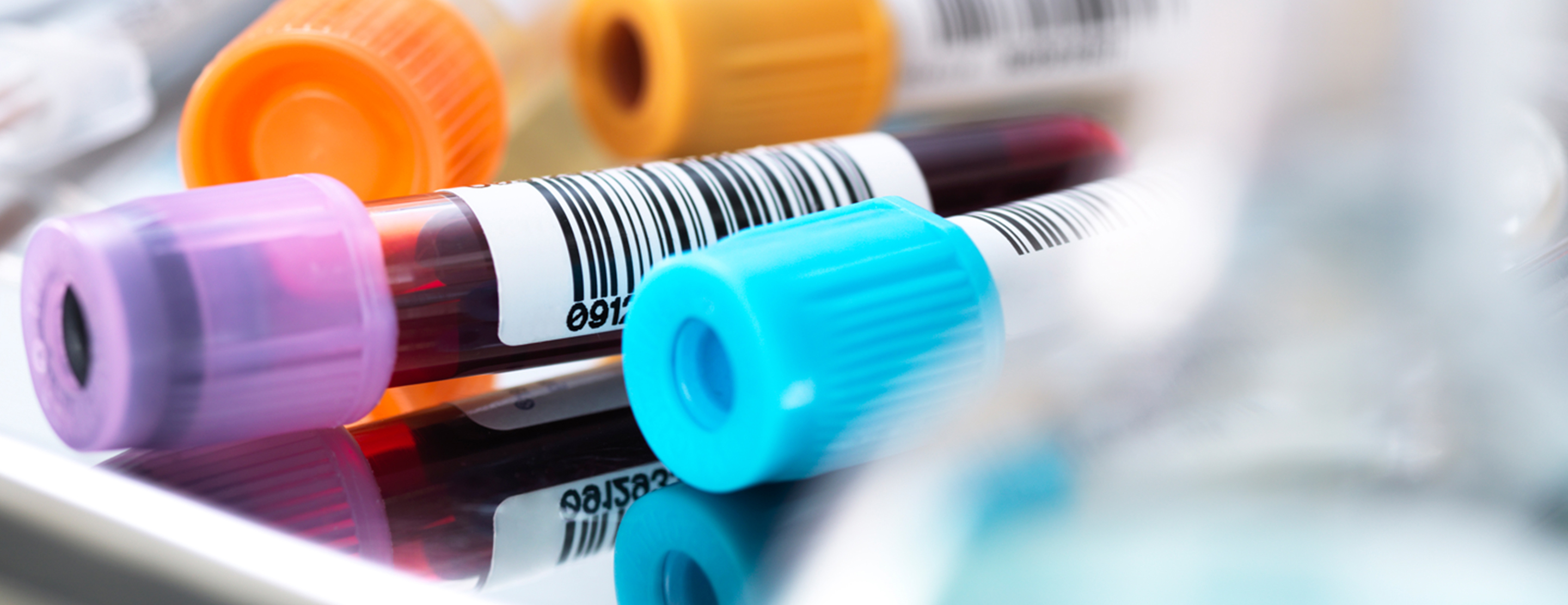
CO2 blood test
Definition
CO2 is carbon dioxide. This article discusses the laboratory test to measure the amount of carbon dioxide in the liquid part of your blood, called the serum.
In the body, most of the CO2 is in the form of a substance called bicarbonate (HCO3-). Therefore, the CO2 blood test is really a measure of your blood bicarbonate level.
Alternative Names
Bicarbonate test; HCO3-; Carbon dioxide test; TCO2; Total CO2; CO2 test - serum; Acidosis - CO2; Alkalosis - CO2
How the Test is Performed
A blood sample is needed. Most of the time blood is
How to Prepare for the Test
Many medicines can interfere with blood test results.
- Your health care provider will tell you if you need to stop taking any medicines before you have this test.
- DO NOT stop or change your medicines without talking to your provider first.
How the Test will Feel
You may feel slight pain or a sting when the needle is inserted. You may also feel some throbbing at the site after the blood is drawn.
Why the Test is Performed
The CO2 test is most often done as part of an
CO2 levels in the blood are affected by kidney and lung function. The kidneys help maintain the normal bicarbonate levels.
Normal Results
The normal range is 23 to 29 milliequivalents per liter (mEq/L) or 23 to 29 millimoles per liter (mmol/L).
Normal value ranges may vary slightly among different laboratories. Talk to your provider about the meaning of your specific test results.
The example above shows the common measurement range of results for these tests. Some laboratories use different measurements or may test different specimens.
What Abnormal Results Mean
Abnormal levels may be due to the following problems.
Lower-than-normal levels:
Addison disease Diarrhea - Ethylene glycol poisoning
Ketoacidosis - Kidney disease
- Lactic
acidosis Metabolic acidosis - Methanol poisoning
- Renal tubular acidosis; distal
- Renal tubular acidosis; proximal
- Respiratory alkalosis (compensated)
- Salicylate toxicity (such as aspirin overdose)
- Ureteral diversion
Higher-than-normal levels:
- Bartter syndrome
Cushing syndrome Hyperaldosteronism - Metabolic alkalosis
- Respiratory acidosis (compensated)
- Vomiting
References
Ring T, Acid-base physiology and diagnosis of disorders. In: Ronco C, Bellomo R, Kellum JA, Ricci Z, eds. Critical Care Nephrology. 3rd ed. Philadelphia, PA: Elsevier; 2019:chap 65.
Seifter JL. Acid-base disorders. In: Goldman L, Schafer AI, eds. Goldman-Cecil Medicine. 25th ed. Philadelphia, PA: Elsevier Saunders; 2016:chap 118.
Review Date: 04/29/2019
The information provided herein should not be used during any medical emergency or for the diagnosis or treatment of any medical condition. A licensed physician should be consulted for diagnosis and treatment of any and all medical conditions. Call 911 for all medical emergencies. Links to other sites are provided for information only -- they do not constitute endorsements of those other sites. Copyright ©2019 A.D.A.M., Inc., as modified by University of California San Francisco. Any duplication or distribution of the information contained herein is strictly prohibited.
Information developed by A.D.A.M., Inc. regarding tests and test results may not directly correspond with information provided by UCSF Health. Please discuss with your doctor any questions or concerns you may have.





